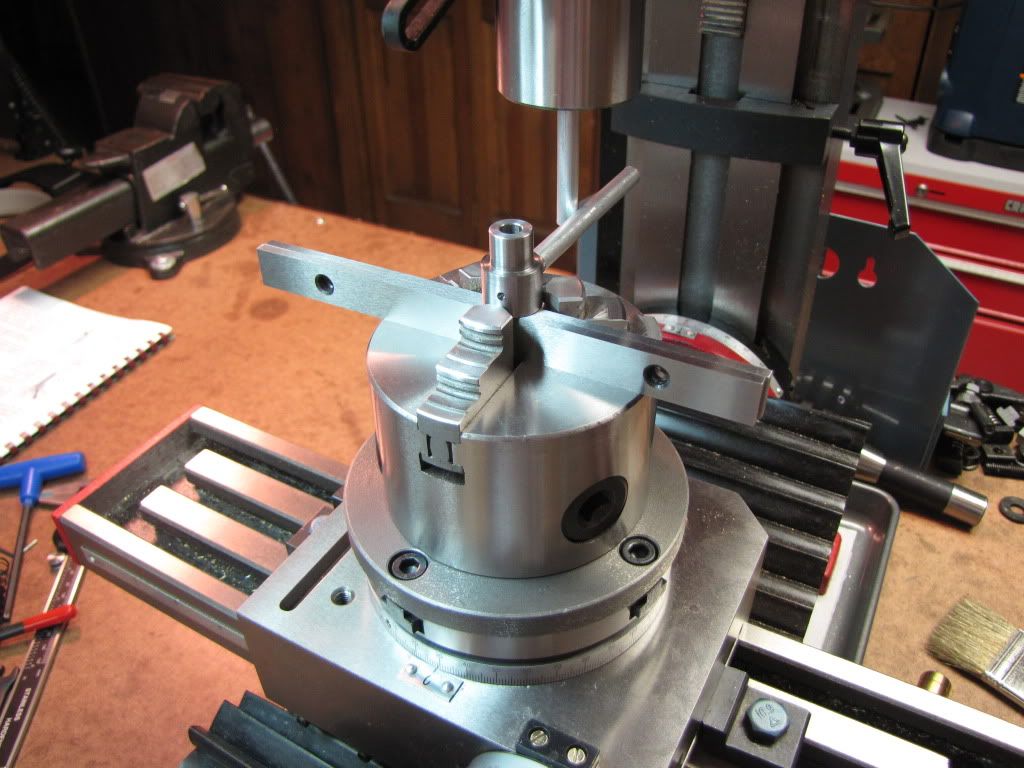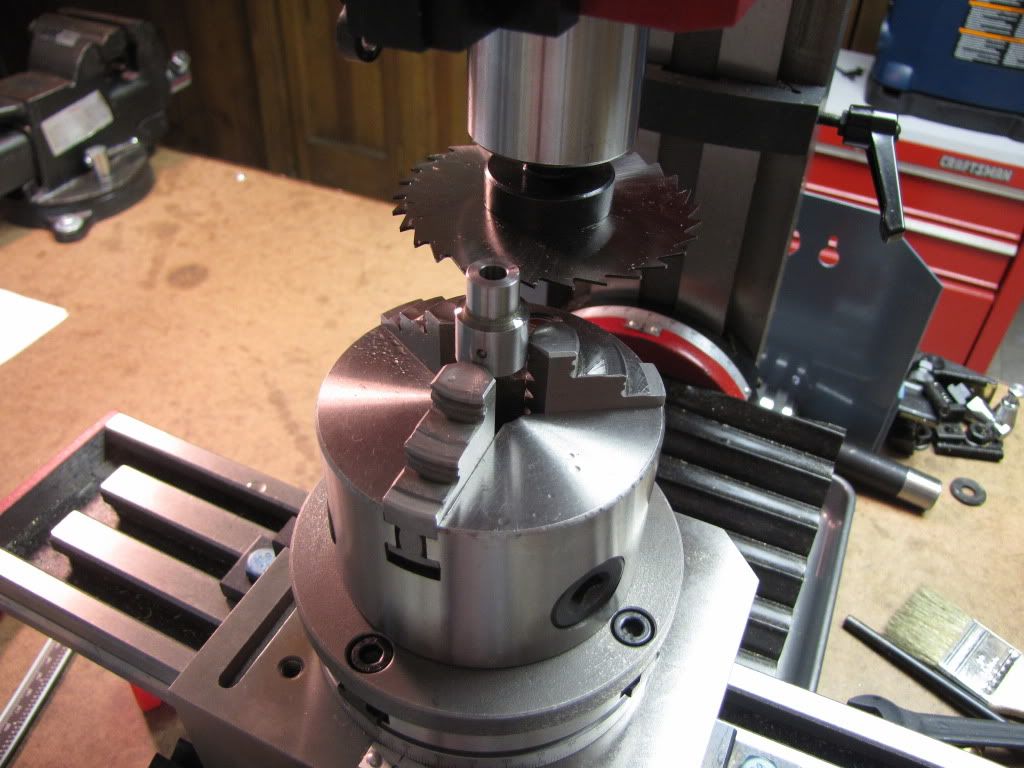Carl,
I'm not ragging on you (although I couldn't resist the I-told-you-so). Remember, I'm trying to use your thread to leave behind lessons learned for the future newbies who, I hope, will be directed to this thread for an at-length demonstration of what's involved in building a first engine (I know this isn't your first) starting from near zero experience.
The stuff that's "shouted" in all caps is to alert these future readers to the lesson learned and what nugget of instruction they should carry away from the operation described. It's not meant to chide you. In the future, I'll try to make that more explicit in the text when I do it.
No, I'm not suggesting instruction manuals should be foregone. If I buy a camera, I want a complete manual that describes all the not-so-obvious functions and how to access them.
But this is different. It can be safely assumed that everyone knows what a camera is for and roughly how it works. All that must be described is the peculiarities of the model to hand. It doesn't need to address all cameras and the art and zen of photography.
An instruction manual for machining an engine is a whole different thing. There's a wealth of tools that may be useful and available and a plethora of ways to accomplish any given operation. There's a minor infinity of associated safety issues. No author could ever hope to cover it all and, even if he did, the resulting six volume tome would be unwieldy, unreadable and unusable. I mentioned before that the instruction from this forum is reactive - we don't address the problem until it arises. None of us thought to tell you, a priori, about keeping handles on parts. In this sense, we've proven exactly what I said about the impossibility of writing an instruction manual. It just didn't occur to us because most of us do it without thinking about it.
Your manual, bad though it may be, still has some utility (beyond the heat it would supply in the fireplace

). For the novice isolated somewhere away from mentors, unaware of on-line fora such as this, it might be very useful. He'd still discover the same problems with it you have, but he would be so glad for any help he'd probably overlook them.
I think you already know what to do. Read the manual for whatever useful hints it may supply, disregard what seems wrong or inapplicable to you and flesh out the techniques you need with the forum. If it makes you feel any better, you should see how I rant and rave about some of the how-to articles I read in the amateur metalworking magazines. My wife is known to moan when a new issue arrives.





















![DreamPlan Home Design and Landscaping Software Free for Windows [PC Download]](https://m.media-amazon.com/images/I/51kvZH2dVLL._SL500_.jpg)








































